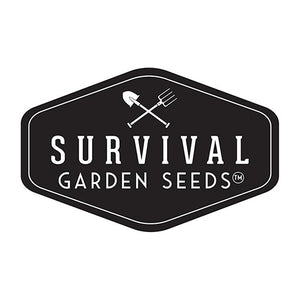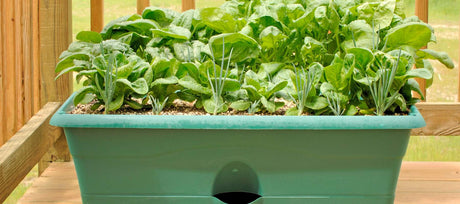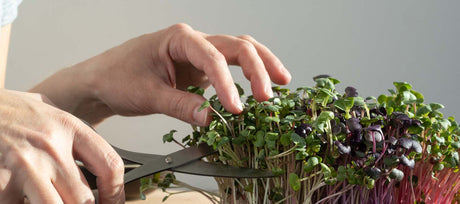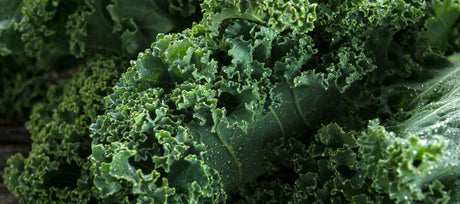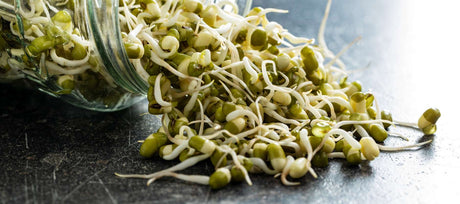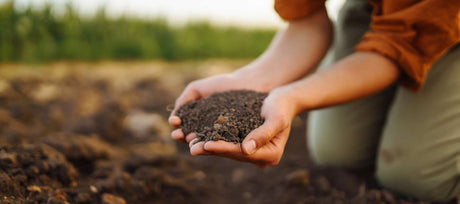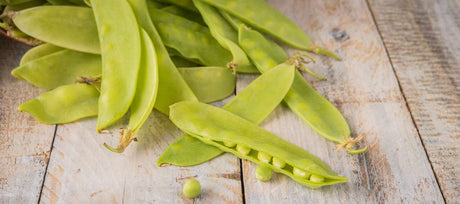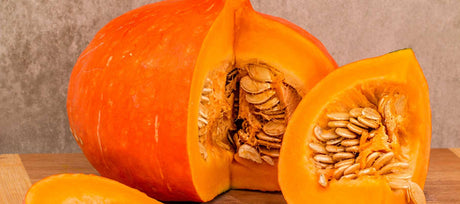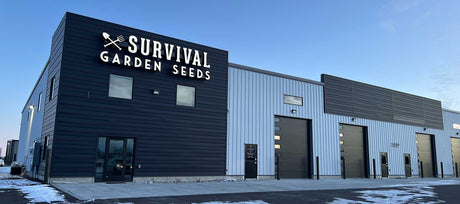
Growing Big: How Our Garden Seed Company Earned Congressional Recognition and a National Retail Launch
We’re thrilled to share some exciting news: our team at Survival Garden Seeds has just been honored by Idaho’s congressional delegation and is gearing up for a major retail expansion...
